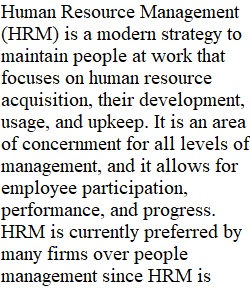


Q Overview: Persuasion is a constant in each of our lives. No matter where we look, what we read, what we see, or who we interact with, we are inevitably going to encounter some form of persuasion. Advertisements want us to buy things. Newspapers and television want to convince us of how we should feel about events. We are put into positions where we must defend our thoughts and beliefs to others, and the process we apply is typically some form of persuasion. Persuasive writing is one of the most powerful forms of writing—it has the ability to influence one's thoughts, and also the ability to change one's mind about a particular issue. The persuasive essay is an ideal tool for supporting an opinion on an issue using researched facts and information. It also gives you the chance to recognize an opposing viewpoint and refute it, noting that those who hold the opposing viewpoint are the intended audience of the piece. Prompt: For this milestone, you will submit a draft of your persuasive essay. At this point in the course, you have completed activities that will help you transform your essay into a draft. This milestone will help you address critical elements I–III below, which will ultimately inform your final submission of the persuasive essay. You must submit your completed Milestone to the assignment page in Brightspace by the deadline. Specifically, the following critical elements must be addressed: I. Introduction This is where readers will have a chance to get an idea of what your essay will be about and what you will prove throughout. Do not give all of your information away here, but give readers a sample of what is to come. Do not forget to review your writing plan to make sure you are hitting all of the points that you planned out, while also stating your claim. Provide an overview of the issue you have selected, briefly describing main points and your argument. Compose an engaging thesis statement that explains the argument that you will prove and support throughout your essay. This statement will give direction to your essay and should be well thought out. II. Body The body is your opportunity to describe and support your argument in depth. Make sure your thoughts and evidence are clear and organized in a way that is easy for readers to follow and understand. Be sure that you write multiple paragraphs that are focused, clearly state their intent, and move logically from one to the other, building the thesis argument as the essay progresses. Your body paragraphs should support your argument by combining thoughts and ideas with evidence from sources. There is no such thing as a right or wrong argument; the key is how it is supported and the quality of the evidence used. Address and refute any opposing viewpoints to your argument. This is your chance to discredit any opposing views, thus strengthening your own. III. Conclusion Think of the conclusion as a review of your argument. Use this section to restate your argument and remind readers of your supporting evidence. Think of this as your last chance to persuade readers to agree with you. Review your argument. This section should consist of a review of your main points employed to support your argument. Think of this as your last chance to prove your point or your closing arguments. Your conclusion should articulate insights about your argument established through your essay. This should follow logically from your essay, referring to key points or quotes used to support your argument.
View Related Questions